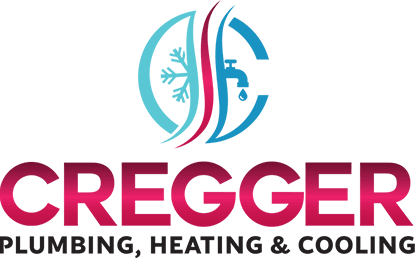Indoor air quality (IAQ) is a crucial aspect of maintaining a healthy living environment. Poor IAQ can lead to various health issues, including allergies, asthma, and other respiratory problems.
As a homeowner, it's essential to be aware of the common indoor air quality issues and how to address them effectively. In this blog post, we will discuss the top 5 indoor air quality issues and provide actionable tips to improve the air quality in your home.
1. Poor Ventilation
Poor ventilation is one of the leading causes of poor indoor air quality. Inadequate ventilation can trap pollutants, allergens, and moisture inside your home, leading to various health issues.
To improve ventilation, you can:
- Open windows and doors regularly to allow fresh air in.
- Install exhaust fans in high-moisture areas, such as bathrooms and kitchens.
- Consider using an air exchange system to bring in fresh outdoor air and remove stale indoor air.
2. High Humidity Levels
High humidity levels can contribute to the growth of mold, mildew, and dust mites, all of which can negatively impact your indoor air quality.
To maintain optimal humidity levels, you can:
- Use a dehumidifier to remove excess moisture from the air.
- Ensure proper ventilation in high-moisture areas.
- Keep indoor plants to a minimum, as they can release moisture into the air.
3. Dust and Allergens
Dust, pollen, pet dander, and other allergens can accumulate in your home and significantly impact your indoor air quality.
To minimize the presence of allergens, you can:
- Regularly clean and vacuum your home, including carpets, upholstery, and curtains.
- Use a HEPA filter in your vacuum cleaner to capture small particles more effectively.
- Change your air filters regularly, according to the manufacturer's recommendations.
4. Volatile Organic Compounds (VOCs)
VOCs are chemicals released by various household products, such as:
- Cleaning supplies
- Paints
- And adhesives
Exposure to high levels of VOCs can cause headaches, dizziness, and respiratory issues.
To reduce VOCs in your home, you can:
- Choose low-VOC or VOC-free products whenever possible.
- Ensure proper ventilation when using products that emit VOCs.
- Store chemicals and other VOC-emitting products in a well-ventilated area, away from living spaces.
5. Carbon Monoxide (CO)
Carbon monoxide is a colorless, odorless gas that can be deadly in high concentrations. It is produced by incomplete combustion of fuels, such as natural gas, propane, and wood.
To prevent CO poisoning, you can:
- Install CO detectors in your home and check their batteries regularly.
- Have your heating system, water heater, and any other gas, oil, or coal-burning appliances serviced by a qualified technician annually.
- Never use a generator, charcoal grill, or other fuel-burning devices inside your home or garage.
Cregger Plumbing, Heating & Cooling is Here to Help You!
By addressing these common indoor air quality issues, you can create a healthier living environment for you and your family. If you're unsure about the quality of your indoor air or need professional assistance, consider hiring an indoor air quality service provider like Cregger Plumbing, Heating & Cooling. Our team of experts can assess your home's air quality and provide tailored solutions to ensure a healthier living environment.
Contact us today to learn more about our indoor air quality services and how we can help you breathe easier in your home.

